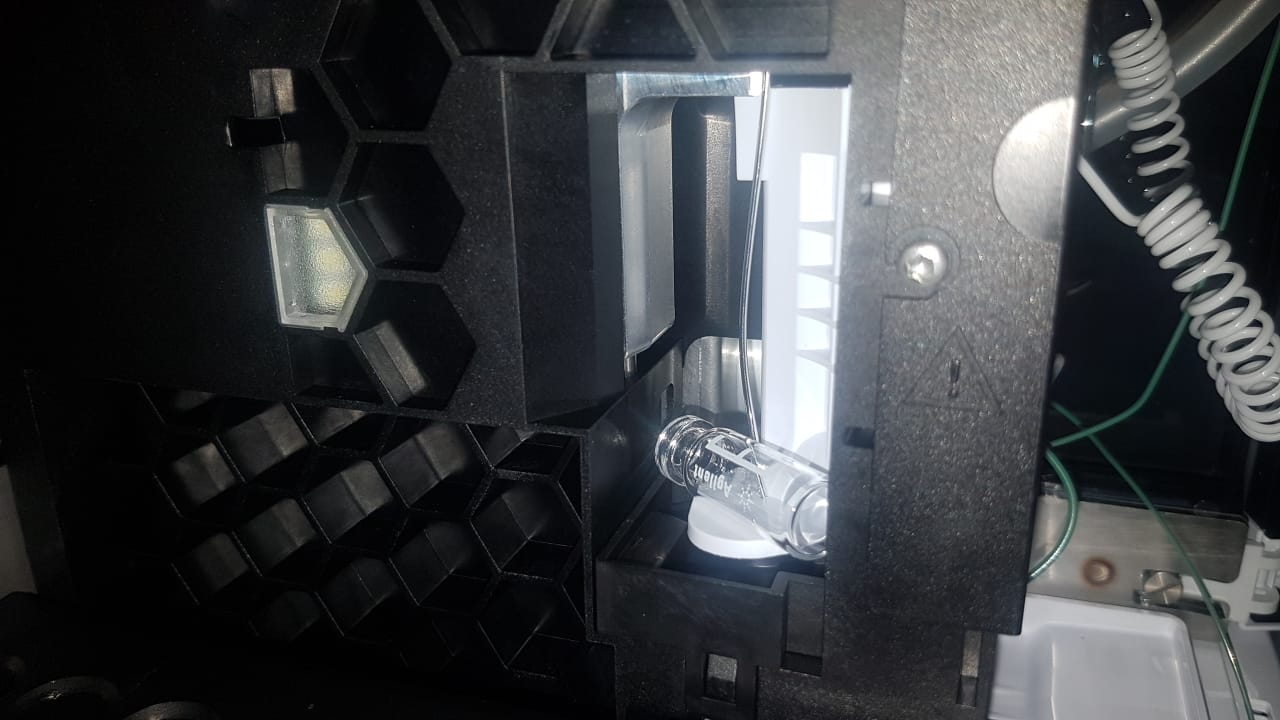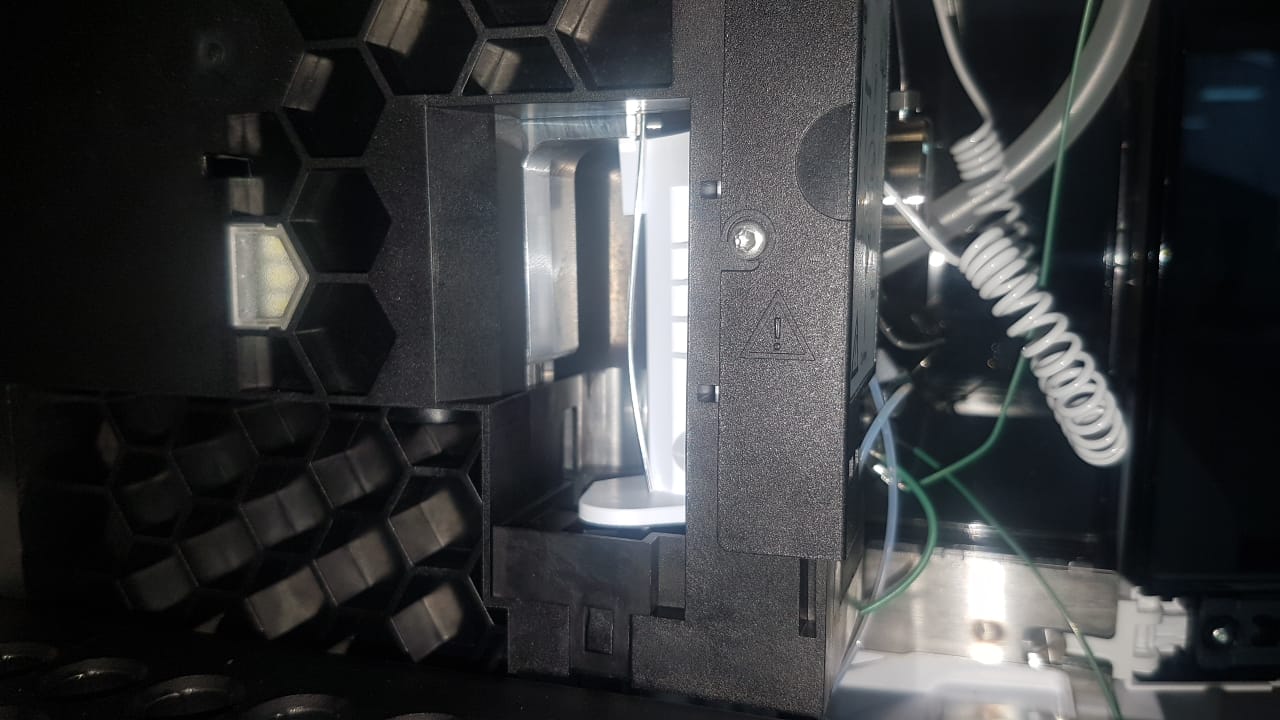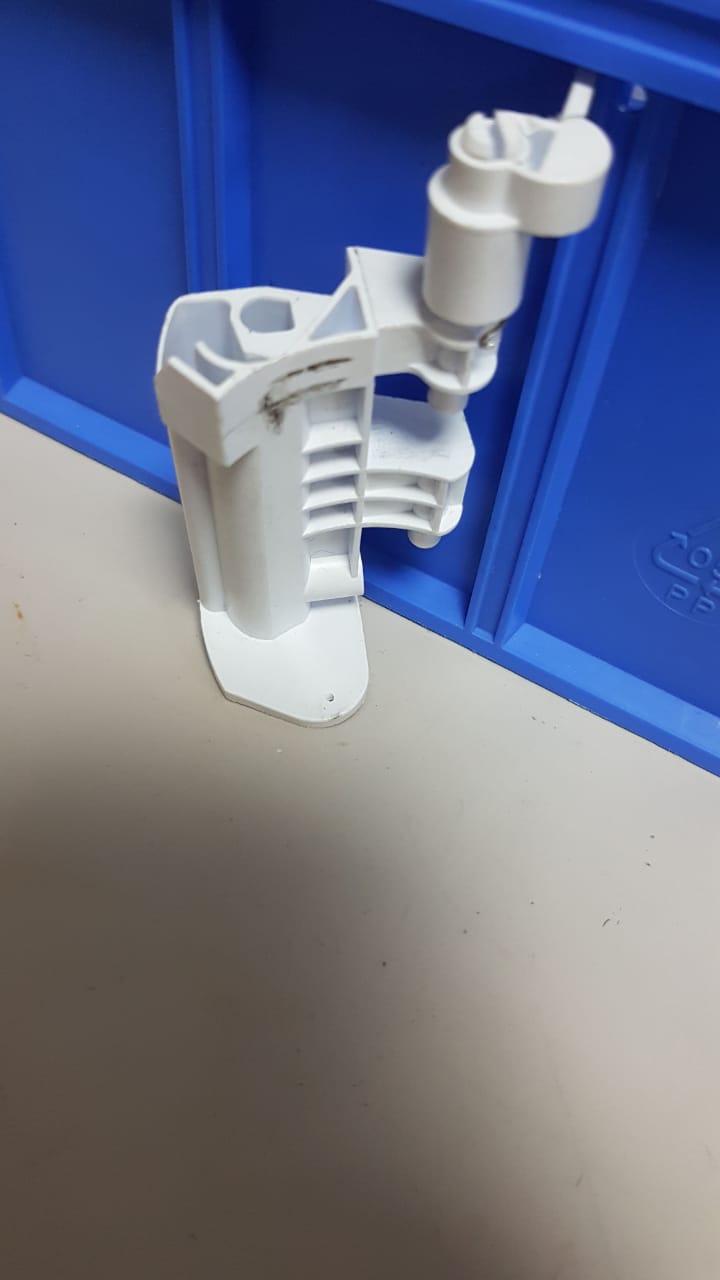Page 1 of 1
Why can this happen?
Posted: Mon Aug 10, 2020 8:21 pm
by hplcuserx
Dear users,
Hello everyone, the thing is that it is a new hplc (1260 Infinity II) and it was validated a few days ago, but when I do a test run, it passes this! I can't believe it.

 https://whatishplc.com/injector-error-with-vial
https://whatishplc.com/injector-error-with-vial
 https://whatishplc.com/injector-error-without-vial
https://whatishplc.com/injector-error-without-vial
The same thing happened to us in another 1260 and they ended up taking out that plastic protection.

 https://whatishplc.com/plastic-protection
https://whatishplc.com/plastic-protection
Thanks to all of you!
Best regards
Re: Why can this happen?
Posted: Tue Aug 11, 2020 11:23 am
by bunnahabhain
I have seen this some years ago with an 1100 autosampler. It was controlled by MassLynx 4.1 and a gameboy controller for additional sample prep steps.
It turned out that from injection to injection, the gripper arm was more misaligned, resulting in exactly this picture after about 150 injections. It happened three times before the autosampler was finally out of order. I am glad I realized that the gameboy caused this problem, so we removed it before we had an exchange autosampler.
So => What software do you have?
Re: Why can this happen?
Posted: Thu Aug 13, 2020 2:27 am
by hplcuserx
I have seen this some years ago with an 1100 autosampler. It was controlled by MassLynx 4.1 and a gameboy controller for additional sample prep steps.
It turned out that from injection to injection, the gripper arm was more misaligned, resulting in exactly this picture after about 150 injections. It happened three times before the autosampler was finally out of order. I am glad I realized that the gameboy caused this problem, so we removed it before we had an exchange autosampler.
So => What software do you have?
Interesting!, We have OLAB the last version!
Re: Why can this happen?
Posted: Thu Aug 13, 2020 9:35 pm
by hplcuserx
Thanks, this test you're talking about was done today by the Agilent technician and they straightened the needle to start with, and he tried over 40 injections and gave no errors.
There is also no overheating error on the arm motors in the instrument's history.
We and the technician do not know what could have happened so far, we are puzzled, it would seem that it was not an error of the equipment and in fact it would be an error of some operator, but how? and why?
Greetings!
Re: Why can this happen?
Posted: Fri Aug 14, 2020 2:29 pm
by James_Ball
Thanks, this test you're talking about was done today by the Agilent technician and they straightened the needle to start with, and he tried over 40 injections and gave no errors.
There is also no overheating error on the arm motors in the instrument's history.
We and the technician do not know what could have happened so far, we are puzzled, it would seem that it was not an error of the equipment and in fact it would be an error of some operator, but how? and why?
Greetings!
Could an operator have put their hand in to add a sample when the arm was moving and it hit their hand and knocked it off calibration?
Re: Why can this happen?
Posted: Fri Aug 14, 2020 6:23 pm
by hplcuserx
Thanks, this test you're talking about was done today by the Agilent technician and they straightened the needle to start with, and he tried over 40 injections and gave no errors.
There is also no overheating error on the arm motors in the instrument's history.
We and the technician do not know what could have happened so far, we are puzzled, it would seem that it was not an error of the equipment and in fact it would be an error of some operator, but how? and why?
Greetings!
Could an operator have put their hand in to add a sample when the arm was moving and it hit their hand and knocked it off calibration?
Yes, it could have happened, when the arm is blocked the motors overheat and give errors, that kind of errors are seen by the manufacturer and not the software of own use or the technical Agilent.
Anyway the operator will not say it was his fault, it is a new and recently validated equipment and used only by the one who made the validation haha.
I guess we'll never know, haha.




